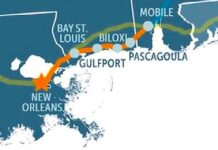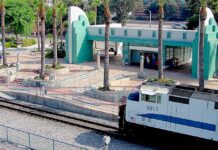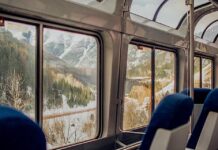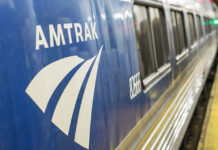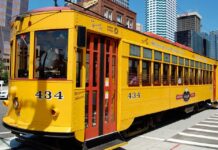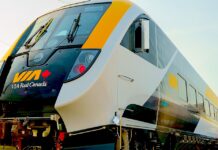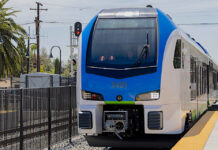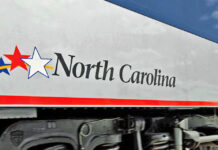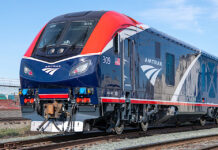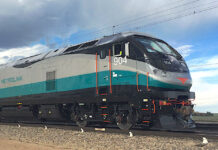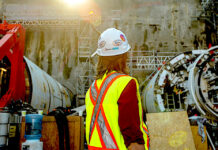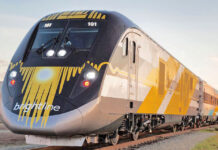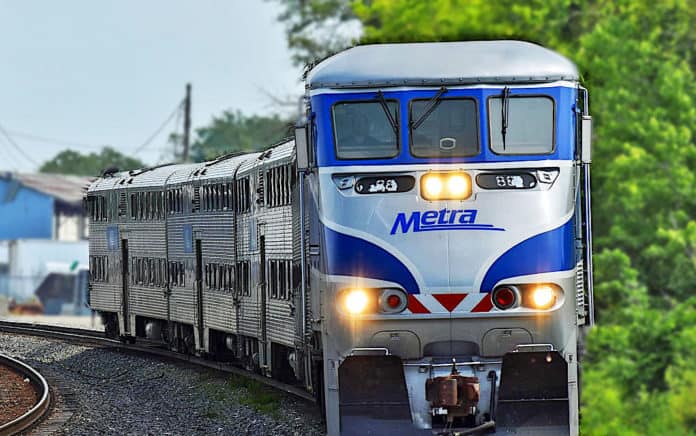
Fixing America’s broken commuter rail business model
Today the future of America’s commuter rail model, including its heavy staff levels, is in doubt because of the Covid pandemic. Unlike their counterparts in Europe or eastern Asia, these lines are a boutique service and offer few options on the weekends or weekday non-peak commuting periods. That’s because U.S. regional rail systems have long been oriented toward suburban white-collar commuters. The pandemic eviscerated that business model. [governing.com]
Rebirth of the streetcar
By the mid-1960s, only eight North American cities (Boston, Newark, Philadelphia, Pittsburgh, Cleveland, New Orleans, San Francisco and Toronto) had at least one surviving streetcar line. Yet, during the past 40 years, the streetcar has rebounded from the precipice of the grave. Counting cities and towns that sport at least one line with vehicles that can be called “streetcars” under a broad definition, there were 41 in the U.S. and five in Canada last year. [railwayage.com]
What happened to Northern Ireland’s network?
There was a time when almost everyone in Northern Ireland lived within five miles of a railway station.
More than 750 miles of track once linked towns and communities in every county, but most of this infrastructure was abandoned in the 1950s. A new review into an all-Ireland rail network was announced in April to look at the possibility of reviving the golden age of rail travel. But why did Northern Ireland’s rail network disappear in the first place? [bbc.com]
Working from home for some threatens mass transit for all
Ridership rates remain low in major U.S. cities, threatening the viability of public transit. Operators of commuter rail and buses are fretting over a burgeoning work-from-home culture that threatens to depress revenue for years after the pandemic. The crisis could stop a decades-long effort to reclaim cities from car-enabled sprawl, creating denser, walkable cores with businesses and housing alike.[bloomberg.com]

